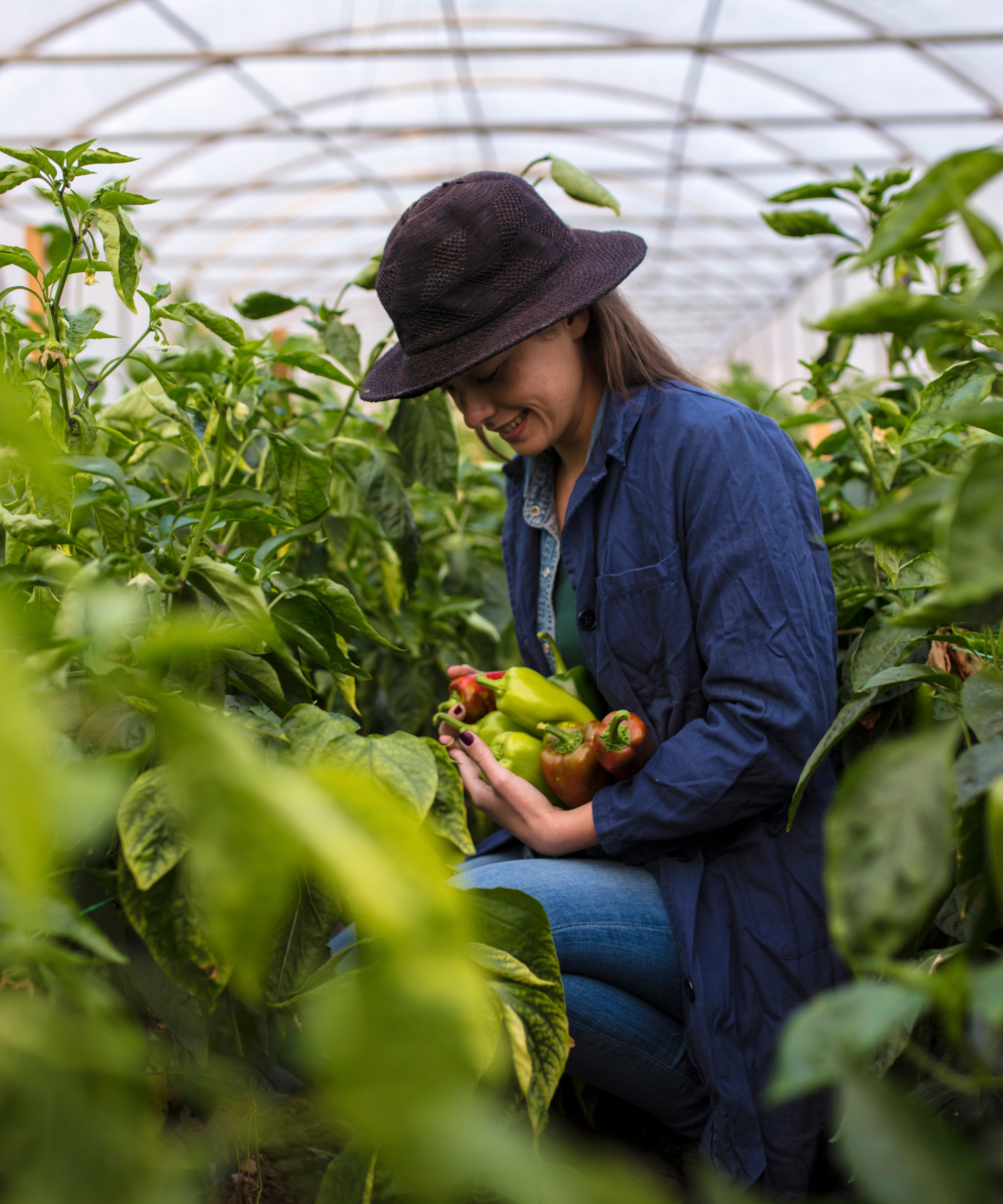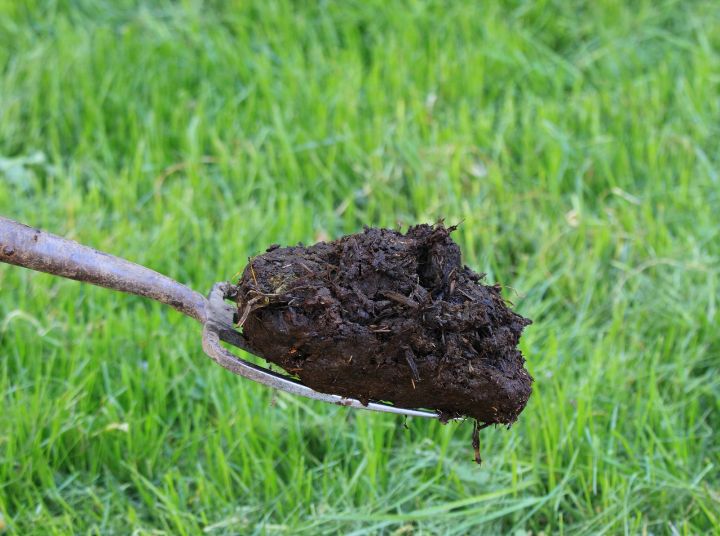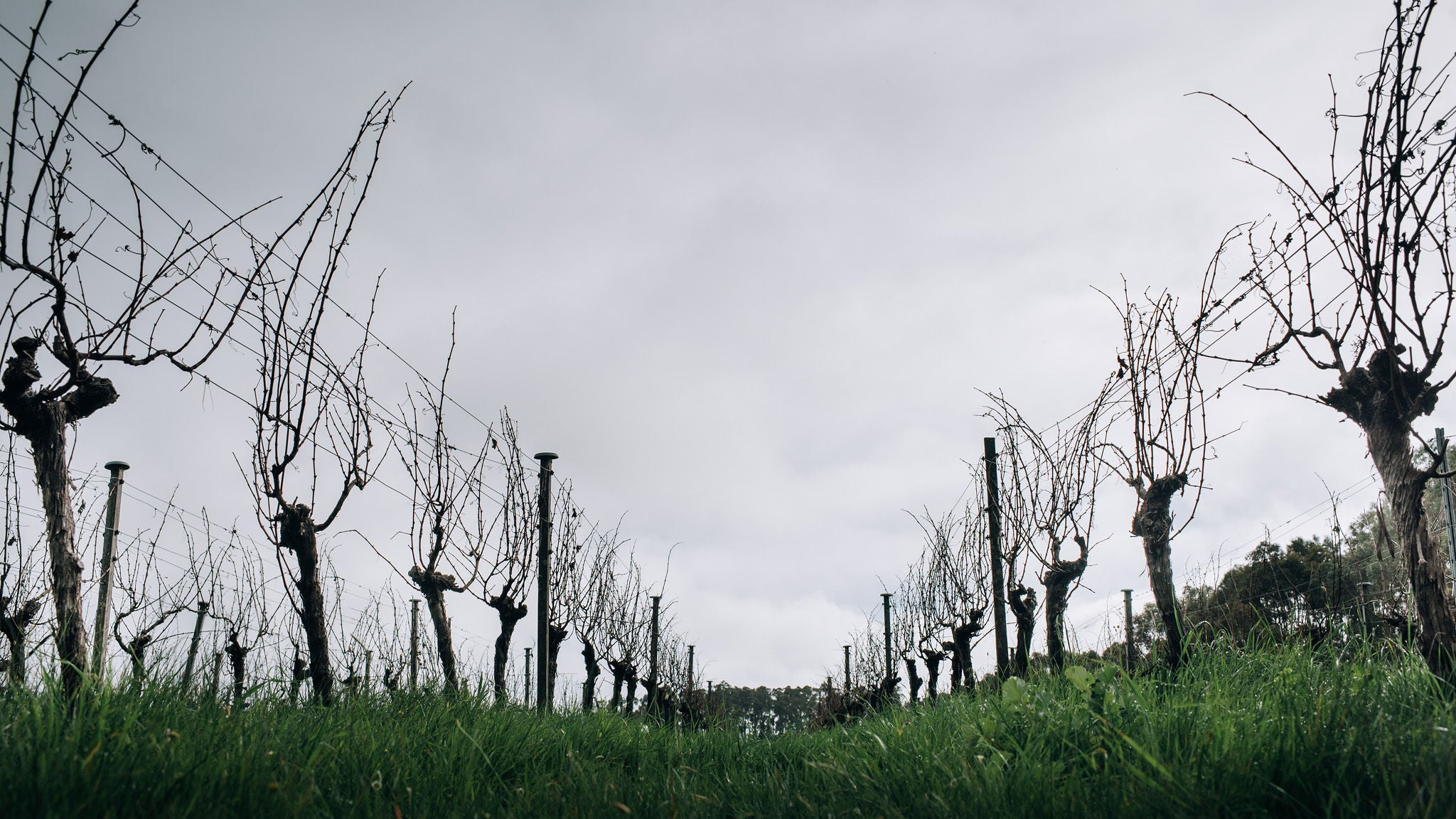Gardening has always been a sustainable way to produce fresh vegetables at home. Establishing a vegetable garden in Australia is achievable if you’ve a compact space or a large garden, with the right techniques, quality material, and desire to nurture. From soil preparation to selecting the best vegetables, you may find everything in this beginner’s guide to set up your vegetable garden.
1. Plan, Prepare, Preserve
You need to ensure proper tools for gardening, quality material for chemical-free vegetables, and the right techniques to nurture a successful vegetable garden.
Choose the Right Location
When selecting the right place, sunlight and its benefits can’t be overlooked to nurture a juicy vegetable garden. Ideally, vegetables need 6 to 8 hours of direct sunlight each day. So, finalise a place with good sunlight exposure and avoid shadowy regions close to tall trees or structures.
Secondly, you can’t overlook climate change. Protect your veggies from the wind. Put up Fences, hedges, or garden screens to protect against strong winds in coastal areas.
Third, accessibility to ensure productivity, keep your veggies garden near by your front door the closer they are the more likely and easy they are to manage and enjoy them as well as harvesting daily is made easy that way meaning your veggies will be as fresh and nutrient dense as possible Understand the Quality of soil required for planting
Understanding Australian soil by region is important. Coastal areas in Australia have sandy soil. While Inland areas generally have a more loamy to clayey soil. The best soil for growing vegetables should be moisture-rich, well-drained, rich in minerals and organic matter, slightly acidic to neutral with a pH between 6 and 7.
The probability of having the ideal soil for planting depends on the climatic variations and local conditions.. You can always enhance the soil quality using, compost, aged manure, and worm castings. If the soil is clay-heavy, add gypsum and mulch to help drainage. On the other hand, if the soil is too sandy, add soil amendments that fix hydrophobic soils such as bentonite clay, humates and amorphous silica.
Get the Tools
Starting a vegetable garden requires a few basic tools to make planting and maintenance easier. A sturdy pair of garden gloves will protect your hands while working with soil and plants. Pruning shears are essential for trimming overgrown foliage and maintaining plant health. A watering can or garden hose helps with regular irrigation, ensuring plants receive adequate moisture. A hand trowel is useful for planting seeds and transferring seedlings. A shovel or spade is necessary for digging and preparing garden beds for larger gardening tasks. A garden kneeler provides comfort when tending to ground-level plants, and a leaf rake helps keep the area free from debris, promoting a healthy growing environment.
Harvest the Right Vegetables
Generally, spring is considered the best season to start a vegetable garden, complemented by warmer temperatures, which allow strong seedling growth. Some vegetable crops, including kale, spinach, and onions, are suitable in autumn and winter climates. Vegetables such as tomatoes, capsicum, and zucchini should be planted in spring or early summer. Perennial vegetables and herbs are best suited for mid-spring or mid-autumn.
As per the changing climate, selecting the right vegetable is necessary. Make note of the options below to help you select a choice of crop: head to our grow guide, find your region, and click on the month you are in and voila
https://soildynamics.com.au/pages/grow-guide
● Warm-season crops: Tomatoes, capsicum, cucumbers, zucchini, and beans.
● Cool-season crops: Carrots, spinach, lettuce, cauliflower, and broccoli.
● Herbs: Basil, coriander, parsley, rosemary, and thyme.
2. Setting up the Garden Bed
Ground Beds or Raised Beds?
Both options offer different benefits for gardeners. Raised Beds are perfect for compact spaces as they offer better drainage, less soil compaction, and improved weed control. Disadvantages include a more expensive setup, frequent watering, and faster soil dry out. Ground beds are appropriate for large spaces, are cheaper to set up, use native soil, and can retain moisture better however, if you have sandy soil, ensure to amend this first. However, such beds are likely to need more initial soil preparation, and will probably have a significant weed seed burden.
Boost Soil Health
A beautiful vegetable garden is built on healthy soil. Use of mulch (such as straw) is recommended to maintain moisture and avert weed growth. Regular use of aged manure, organic mineral fertilisers/ biostimulants, worm castings, and organic compost can help enhance soil fertility and encourage biodiversity.
3. Nurture Your Vegetables
Watch out for Appropriate Depth and Space
Plants may develop to their full potential when spaced properly, avoiding crowding. Follow the advice on the seed packets for required spacing to ensure optimum air circulation for plants to grow.
Follow the Right Techniques for Watering
Proper watering helps preserve the health of plants. Plants should be watered early morning or late afternoon to avoid evaporation. Ensure not to water too much because wet leaves cause fungal infections.Wicking beds are another option and can be very successful if done properly.
Watering schedules are influenced by the variety of crops and climate. Vegetables need to be watered frequently during Australia's hot summers, usually once a day or every other day, to avoid drying out. On the other hand, watering every few days is usually appropriate during cooler months, depending on soil moisture content and rainfall.
Keep Pests Away
There are several organic methods through which the pests can be avoided. One option is companion planting, where alongside vegetables, marigolds are grown to deter damaging insects such as aphids. Also, organic sprays containing neem oil or garlic water can aid in keeping pests away while keeping plants safe. The other effective option is to take the help of beneficial insects like ladybugs and lacewings to offset the pest population.
Take Care of Composting
Turn plant waste, food scraps, and lawn clippings into nutrient-rich compost to enhance soil health and cut waste.
Pro Tip
Start with low-maintenance veggies that grow well in Australia if you're new to gardening. Tomatoes are an excellent option because they require little maintenance and grow well in warm climates. Lettuce is another option because it grows quickly and can be harvested several times. Similarly, carrots need little care after planting, however can be tricky to ensure they grow well. Loosen the soil well up to 200mm deep so that they are not restricted at depth. Capsicums can yield several harvests during the season and are heat-tolerant as they grow quickly and take up less space. Herbs like basil, parsley, and coriander are also perfect for novice gardeners.
Get Started
Creating a vegetable garden is a fun and fulfilling experience that inspires sustainability and self-sufficiency. Choose vegetables as per environmental suitability, prepare nutrient-rich soil, and practice sustainable activities to establish a flourishing garden that yields fresh, organic food all year long.
Every effort is beneficial since gardening not only produces nutritious food that is grown locally but also strengthens a person's bond with nature. Regardless of the size of your backyard or balcony, start growing a thriving vegetable garden today to improve the environment and your life!





